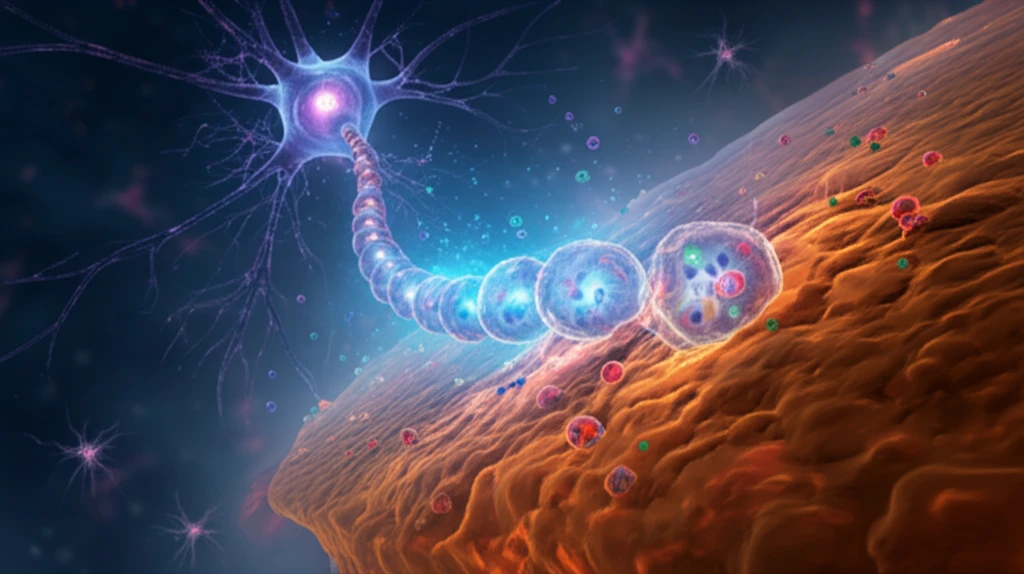
Unlock the Secrets of Your Cells: A Visual Guide to Membrane Potential
"Discover how a simple model and peer learning can revolutionize your understanding of complex biological processes."
Understanding the intricate dance of cell membrane potentials and action potentials is crucial for anyone delving into the world of physiology. These concepts, fundamental to how our bodies function, can often feel overwhelming due to the sheer amount of information and detail involved. For undergraduate students in Brazil, juggling multiple demanding courses simultaneously leaves little room for deep comprehension or critical thinking.
Enter a group of innovative professors from the Department of Physiology and Pathology (DFP) at the Federal University of Paraiba (UFPB) in Northeast Brazil. Faced with the challenge of engaging students and fostering a deeper understanding, they sought pedagogical strategies to improve knowledge discovery. Their solution? A hands-on model designed to translate the complexities of membrane potentials and action potentials into an accessible and engaging learning experience.
This article explores how this model, combined with peer instruction, can revolutionize the way students grasp these vital concepts. We will dissect the research study conducted, analyze its findings, and reveal how you can apply similar active learning techniques to master even the most challenging scientific topics.
The Model Advantage: Active Learning in Action

The core of this innovative approach is a multisensory model, designed to cater to different learning styles and levels of intelligence. Unlike traditional lectures or textbook readings, a model offers a playful and interactive way to explore complex processes. This aligns with existing research highlighting the positive impact of models and other active methodologies in physiology education. Methodological diversification enhances comprehension, performance, and retention.
- Visual Representation: The model visually represents the cell membrane, ion channels, and the movement of ions during action potential, making abstract concepts concrete.
- Tactile Learning: Students can physically manipulate the components of the model, enhancing their understanding through hands-on experience.
- Collaborative Discussion: Peer instruction encourages students to discuss and explain concepts to each other, solidifying their understanding and identifying knowledge gaps.
- Immediate Feedback: Instructors guide the interaction and provide immediate feedback, addressing misconceptions and reinforcing correct understanding.
Transforming Education Through Engagement
This research underscores the power of active learning methodologies in transforming complex scientific concepts into accessible and engaging experiences. By combining a hands-on model with the collaborative power of peer instruction, educators can foster a deeper understanding of membrane potential and action potential – setting the stage for future breakthroughs in health and science. As education evolves, embracing these innovative approaches holds the key to unlocking the full potential of learners and creating a more informed and engaged scientific community.
